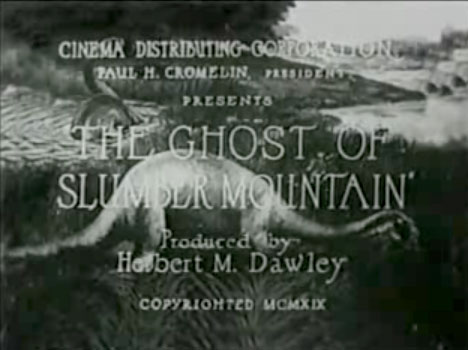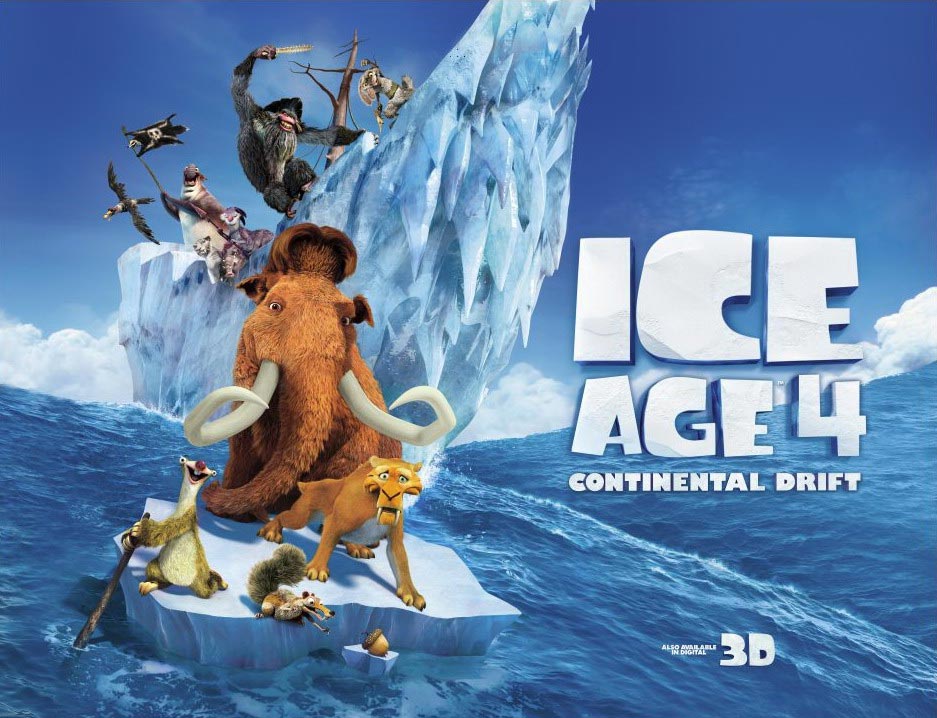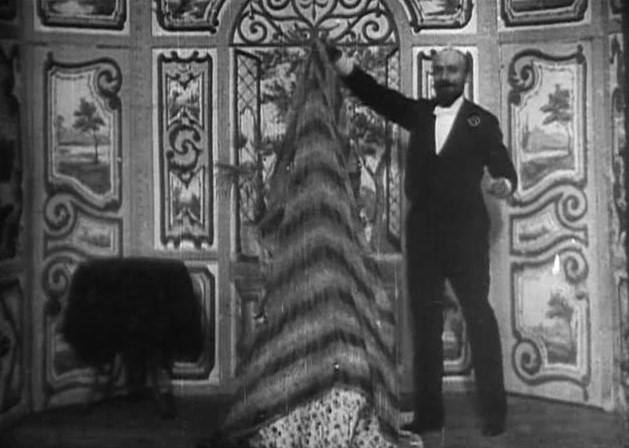The
Dark Knight Rises: ****/*****, or 8/10
Say what
you will about the shocking event of a lunatic dressing up like The
Dark Knight's Joker and shooting dozens of people in a movie
theater in the USA, at least it indicates that character as played by
Heath Ledger (1979-2008) has become iconic in only a short space of
time. Of course, that does cause a problem for the next installment
in the franchise, since it has a lot to live up too. Not
surprisingly, expectations for The Dark Knight Rises have
risen to extreme heights in the last few months, every rumour
involving the project mindlessly taken for actual truth, every tidbit
of news meticulously examined by legions of overexcited fanboys,
every newly released still picture undergoing major scrutiny and
investigation as to how it might fit in the movie and its overall
plot. With such hyperactive hype, it seems unlikely the film will
hold any surprises for the die-hard fans that have looked at all the
available evidence and undoubtedly know the movie by heart before
they've even seen it as a whole. And now the final product has
finally arrived in theaters everywhere, so everyone can go and watch
it and we can at last put the hype behind us and look at the motion
picture objectively. Simply said, Nolan struck gold again, though not
as amazingly rich as before.
Warning!
Spoilers! Set eight years after the events of The Dark
Knight, its successor first sees Bruce Wayne (still played by the
overly serious Christian Bale) in the midst of a deep depression,
still mourning the loss of his childhood friend and the love of his
life Rachel Dawes, who fell prey to one of the Joker's diabolical
shenanigans. Living alone as a hermit at Wayne Manor, only in the
company of his faithful butler Alfred (again played impeccably by the
ever reliable Sir Michael Caine), he has hardly set a foot outside
since his alter ego Batman took the fall for the faults of the
maniacal Harvey 'Two-Face' Dent, after which the Caped Crusader
himself also left the scene indefinitely (and still nobody can't
figure out the identity of the masked vigilante). However, when a
mysterious cat burglar named Selina Kyle (Anne Hathaway playing the
ever infamous Catwoman, though never referred to as such) steals a
family heirloom from right under his very nose, he's intrigued enough
to pursue the matter personally, not so much for the stolen goods as
for the identity of this intriguing female thief. However, he soon
finds she's just the tip of the iceberg in a much larger, lethal
scheme that once again puts his beloved city of Gotham at the hands
of a mad terrorist plot, instigated by the excessively intimidating
mercenary leader Bane (Tom Hardy fully muscled up and wearing a
slightly silly mask). And so, the Batman is forced to come out of
retirement to battle the forces of evil once more over the fate of
his city, despite having been out of it for quite a while, but still
equipped with all the right martial arts moves, clever detective
skills and above all, fabulously cool gadgets ranging from bat shaped
throwing stars to his own private stealth jet. Problem is, against
Bane, it turns out it's just not enough...
As he
did before to great critical and fanboy acclaim, Christopher Nolan
fully manages to apply a full range of motivations and pathos to all
his major characters, at times making the movie feel more like a
Shakespeare play than a superhero blockbuster, but he's ovbiously
fully aware this is his final Batman movie (to many audience members'
chagrin, including mine) and he should close things off accordingly,
deliveringly one last action extravaganza to completely blow his
loyal spectators' minds in every respect. Resulting in a 164 minute
film, he's definitely gone all out, but at times it feels he's just
gone overboard a little too much, considering the excessively epic
setpieces, including a city wide occupation that lasts for five
months, armies of thugs and police officers duking it out on the
streets and a nuclear explosion to neatly tie all ends up. It all
feels a little too large scale for a Batman film, considering he's
usually restricted to smaller, more personal vendettas. Fortunately,
the movie acknowledges this aspect too by giving Batman plenty of
personal issues to deal with, from a double love affair – with
Selina on the one hand and philanthropist-with-a-secret Miranda Tate
(Marion Cotillard) on the other – ending in betrayal and near
death, to the admiration of rookie cop and wanna-be pupil Blake
(Joseph Gordon-Levitt), and most importantly, Bane's ties to
mentor-nemesis Ra's Al Ghul, thought killed in action in Batman
Begins, which makes The Dark Knight Rises refer to the
first movie with the proper respect, even having Liam Neeson return
for a small bit part as the sinister Ducard who tutored Bruce in the
ways of a shadow warrior. With so much on Batman's plate, this film
has plenty of fascinating material to cover already. Just consider
the epic action scenes a nice little bonus, aiding an already grand
finale to this trilogy by giving it some additional visual flair that
neither helps nor hurts the already satisfying experience that forms
the whole.
With so
many characters, many of them new additions to the cast and thus
terra incognita, it's a wonder the many plot lines involving
them don't get in each other's way, though it must be said, both
Michael Caine and Gary Oldman (playing Batman's long time ally Police
Commisioner Gordon again) are out of the picture for longer than we
would like. The new characters all get a decent set-up and the
necessary background information is supplied (though some retain a
fair amount of mystery), but the main villain Bane and the delightful
rogue Catwoman get the lion's share of attention. The former opens
the movie with an instant classic action scene, where he is bound and
held on a plane by the CIA, only to quickly have things revealed to
be totally under Bane's control as he turns the tables on his
supposed captors, demolishes their plane spectacularly and forcefully
takes what he was after. Bane is in essence a one-man army, much like
Batman himself, with all the right training, fights skills and
gadgets, except more prone to violence. Hardy, exceptionally beefed
up to make him larger than life, plays him with believable bravoure,
lack of subtlety and genuine scariness to make you believe that if
anyone can break Batman, mentally and physically, this is the guy who
would, and he does just that, snapping the Dark Knight's back upon
their first encounter, taking all his assets, overrunning his town
and reducing it to total anarchy and banishing his enemy to a creepy
prison pit that nobody but Bane himself is said to have escaped. With
regard to the latter, this literal hell hole feels a bit out of place
in Nolan's vision of the Batman legend, surrounded by mysticism and
located in a desert environment, but with such a contradicting feel
to the dark streets of Gotham it serves adequately as a place where
the defeated Dark Knight can rise, surviving his ordeal and returning
to his home town with a vengeance to have another go at his new
archnemesis.
You
might ask, 'why so serious?', and the answer would be that Bane just
doesn't joke around. He's no Joker out for general chaos, he's
Gotham's reckoning, out to finish what Ra's Al Ghul started in Batman
Begins, razing the city to the ground, reducing its citizens to
utter desperation and destroying their dark protector in every way
possible. However, he's also no Joker in the way he just doesn't have
the same impact as a villainous character, despite the havoc he
wreaks on poor Batman. It's likely due to his somewhat grotesque
appearance, wearing a goofy breathing mask that distorts his voice
but still leaves room for a funny accent. Of course the Bane from the
comic books looked worse, but in hindsight Nolan would still have
been allowed to change the character's look to make him less comic-y
and more realistically a bad guy.
Fortunately
the much needed levity is found in the character of Catwoman.
Hathaway portrays her as the typical sultry “feline fatale” we've
come to love in all her incarnations (with maybe one blatant
exception; eh. Halle Berry?). She's obviously more interested in her
prize than the men she deceives to get what she wants and she
features catchy dry wit and major seductive talents, though there's
also a certain level of fragility mixed in: her origins remain to be
revealed but it's clear she didn't grow up in a happy place, making
her only care for herself and her blonde (girl)friend Jen, seeking to
escape the world and aiming for a clean slate. She may look cheerful
in her devil-may-care attitude but there's an undeniable level of
fright and trauma present. Plus, she's extremely spiteful of rich
people, making the chemistry between the nonchalant billionaire
playboy Bruce Wayne – who's really loosing up from his personal
demons when meeting her – and Selina a surprise to herself and a
blast to watch for the audience, surpassed only by the even more
charming and wittier chemistry between both their masked alter
egos.You root for the pair of them, though Selina's bad history makes
it seemingly impossible for them to ever affectionately exchange
anything other than wisecracking dialogue as they fight Bane's
henchmen together. While Bane is the movie's major antagonist, it's
clearly Catwoman who steals the show.
Nolan
completes his masterpiece trilogy by addressing yet another major
theme that forms an integral part of the Batman persona. Whereas
Batman Begins revolved around fear and The Dark Knight was
all about chaos, The Dark Knight Rises' focal point is hope,
though in every character's event it's born out of pain. Selina hopes
for a chance at a new life to escape her gloomy old one, whereas
Bane, suffering from terrible pains only controlled by his mask,
hopes to exact revenge for Ra's Al Ghul by breaking his mentor's
wayward pupil. Bruce Wayne has lived in pain for nearly a decade and
finally learns to let go of it in getting involved with Catwoman and
Miranda, but their betrayal leads to even more pain, as he is exiled
to an abyss and forced to watch as Bane cuts of his city from the
rest of the world and threatens to destroy it in a nuclear explosion,
making Gotham's citizens hope for a champion to end this reign of
terror. The good guys eventually rise above their pain and face their
tormentors to liberate Gotham from its ordeal. As with all of his
movies, Nolan injects his story and the characters inhabiting it with
a great amount of psychological issues, delivering an action film
that doesn't just go for high adrenaline spectacle and sensational
sights (though it does feature plenty of both) but also contains
thematic values and insights that make it rise far above the average
summer blockbuster, yet still consists of many excellent moments
making it a successful popcorn movie too, especially when Batman goes
all out on fighting crime with his array of awesome vehicles. When
the Caped Crusader finally hits the screen in full regalia on his
Batpod in the middle of a wild chase scene between cop cars and thugs
on motorcycles, accompanied by Hans Zimmer's memorable booming
orchestral score, the audience can do nothing but cheer and fully
immerse itself in the gripping action.
It might
as well be called a fact Ledger's untimely death gave The Dark
Knight and his own performance as the Joker a mystique that could
never be duplicated, and Nolan doesn't bother to try, going so far as
to never even mention the Joker in The Dark Knight Rises.
While the regrettable Aurora incident will certainly give this film a
macabre place in film history all its own, and it will undoubtedly
break a number of box office records as any film this highly
anticipated would, Nolan's Batman-movie-to-end-all-Batman-movies
cannot surpass the superior The Dark Knight, despite Nolan's
best efforts. Like the Bane character, it's simply larger than life a
little too much and it could be called too epic for its own good.
However, it's doubtful anybody ever expected it to top its
predecessor, no matter how much people looked forward to it. As a
conclusion to Nolan's superhero trilogy as a whole, it succeeds in
its purpose, resulting in a grand finale for the much beloved and
acclaimed franchise ending on a bittersweet note that still allows
hope for more to come (which Nolan states is not gonna happen: maybe
for the best). Were it not for the studio already in the process of
revamping the character and rebooting the franchise yet again (after
all, there's simply too much opportunity to make more money here),
Batman could finally retire for real this time. In any event, Nolan's
Batman will always be fondly remembered as the ultimate take on the
Dark Knight.
And
watch the trailer here
















